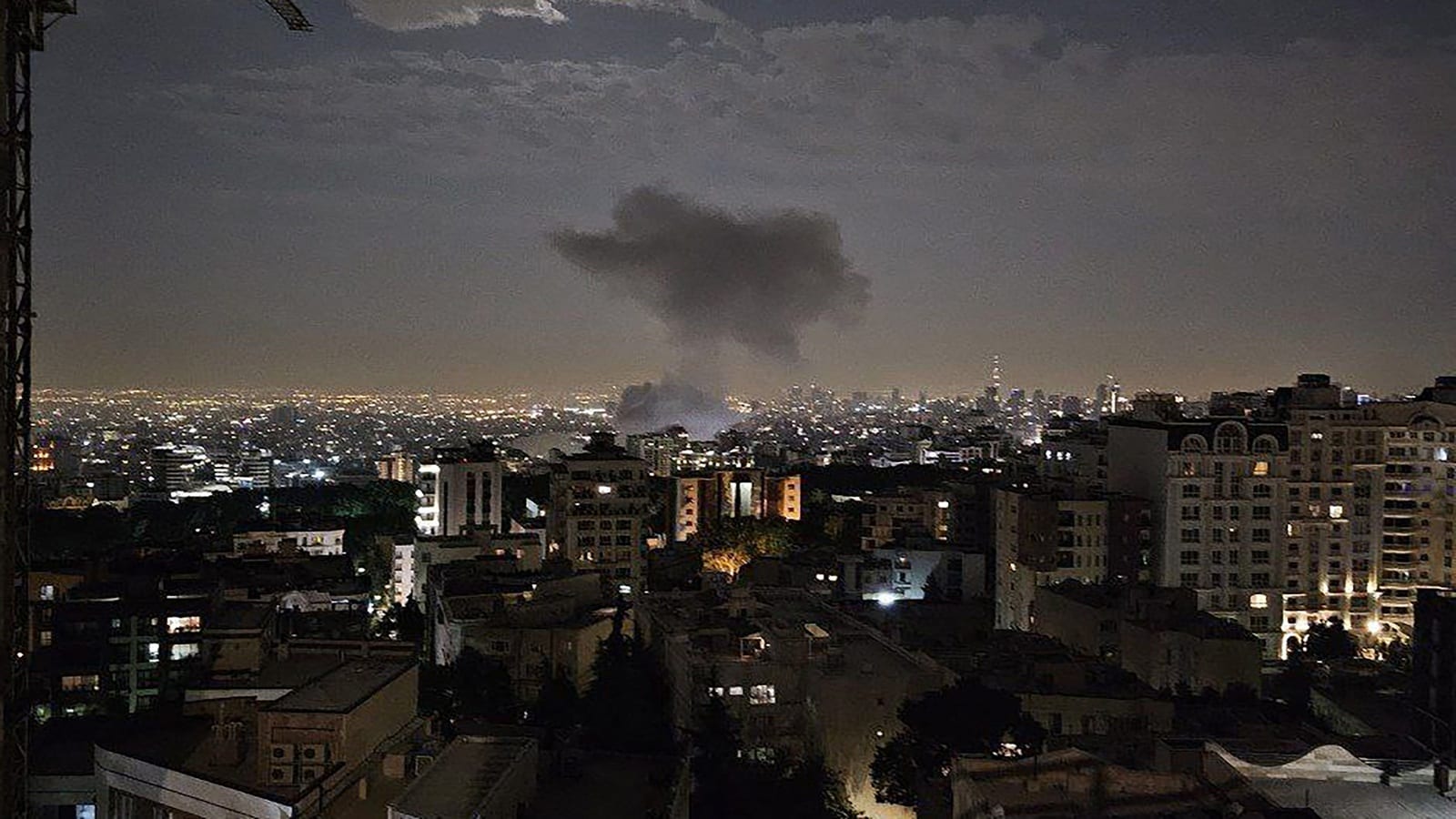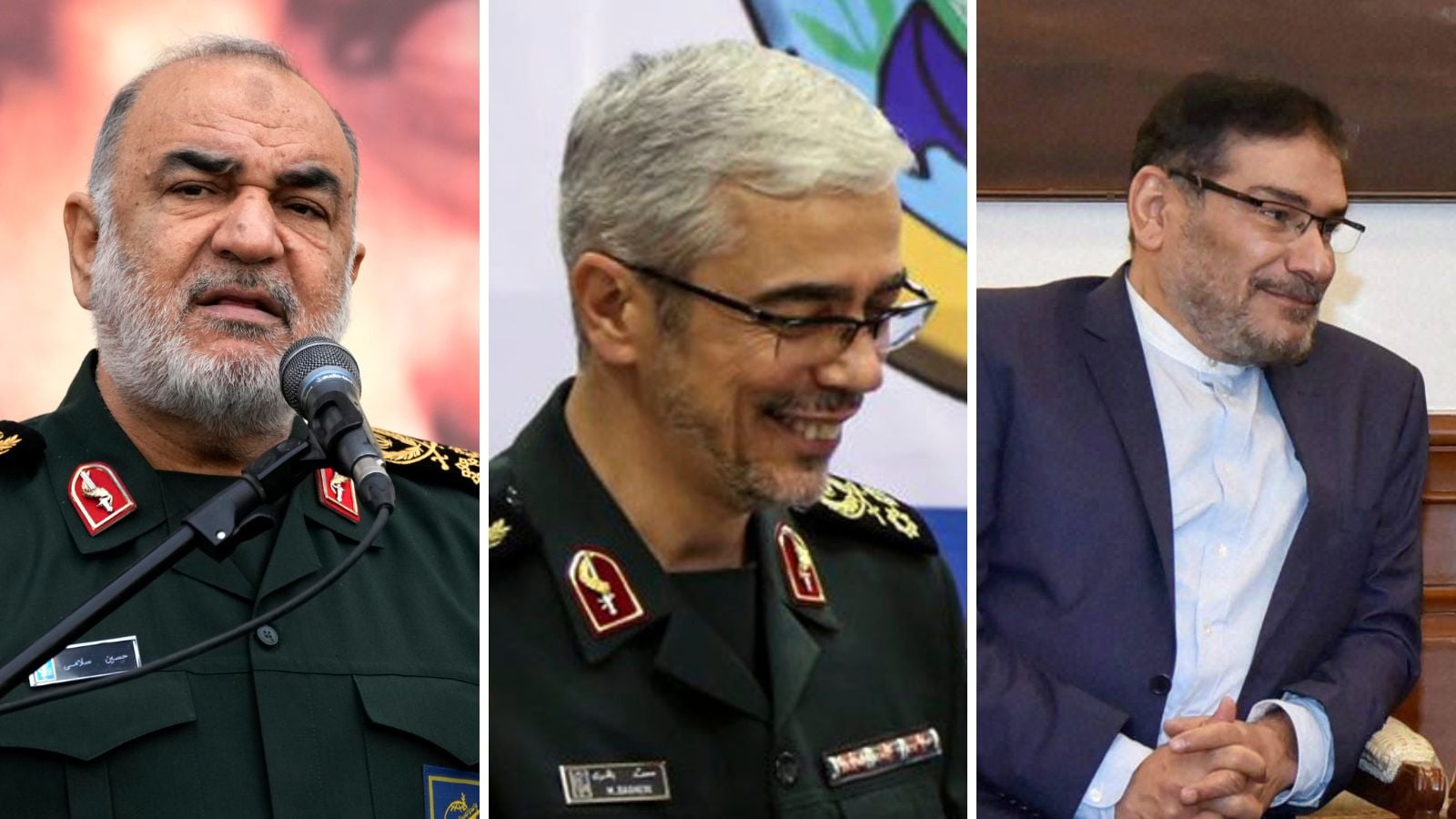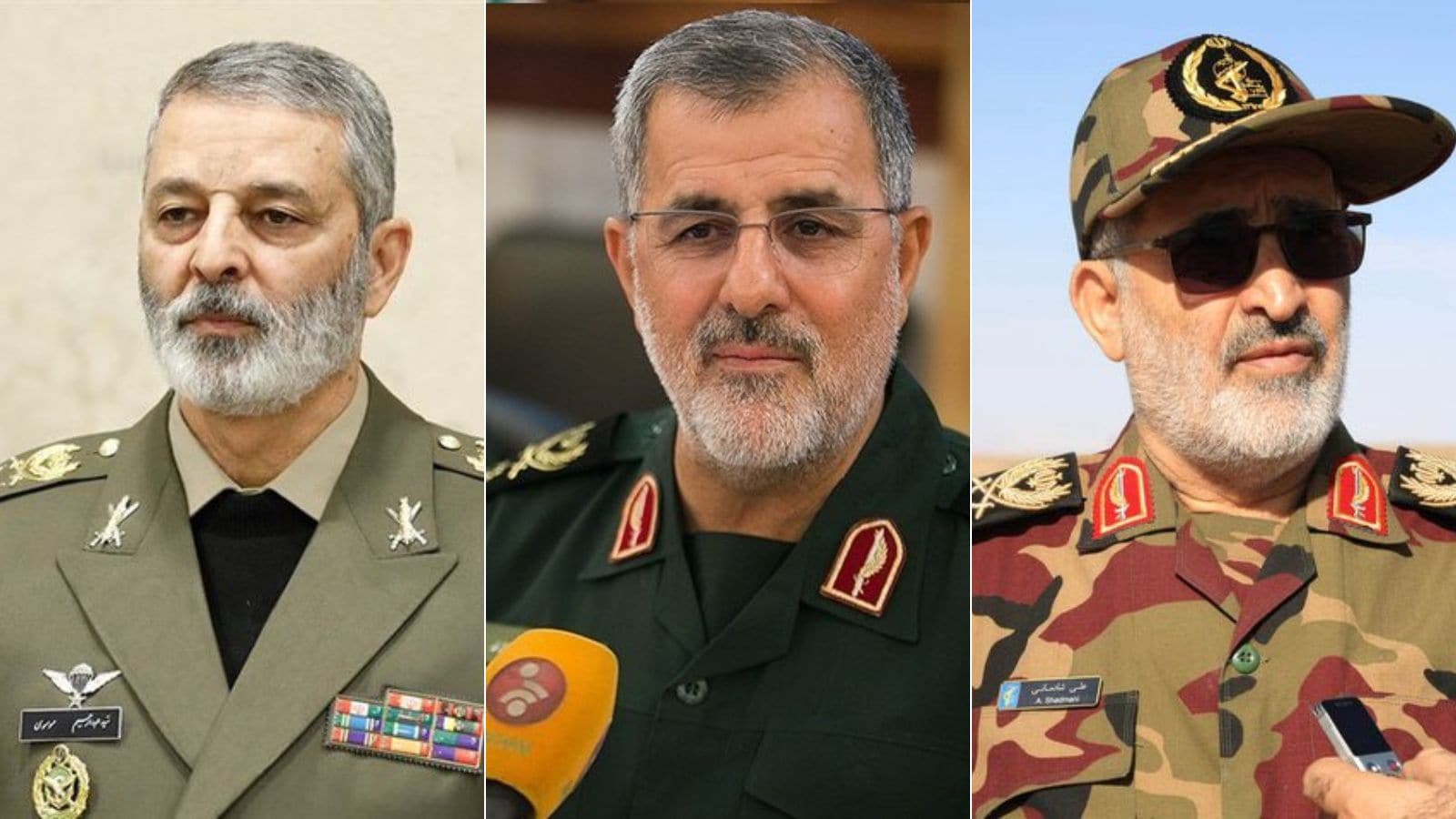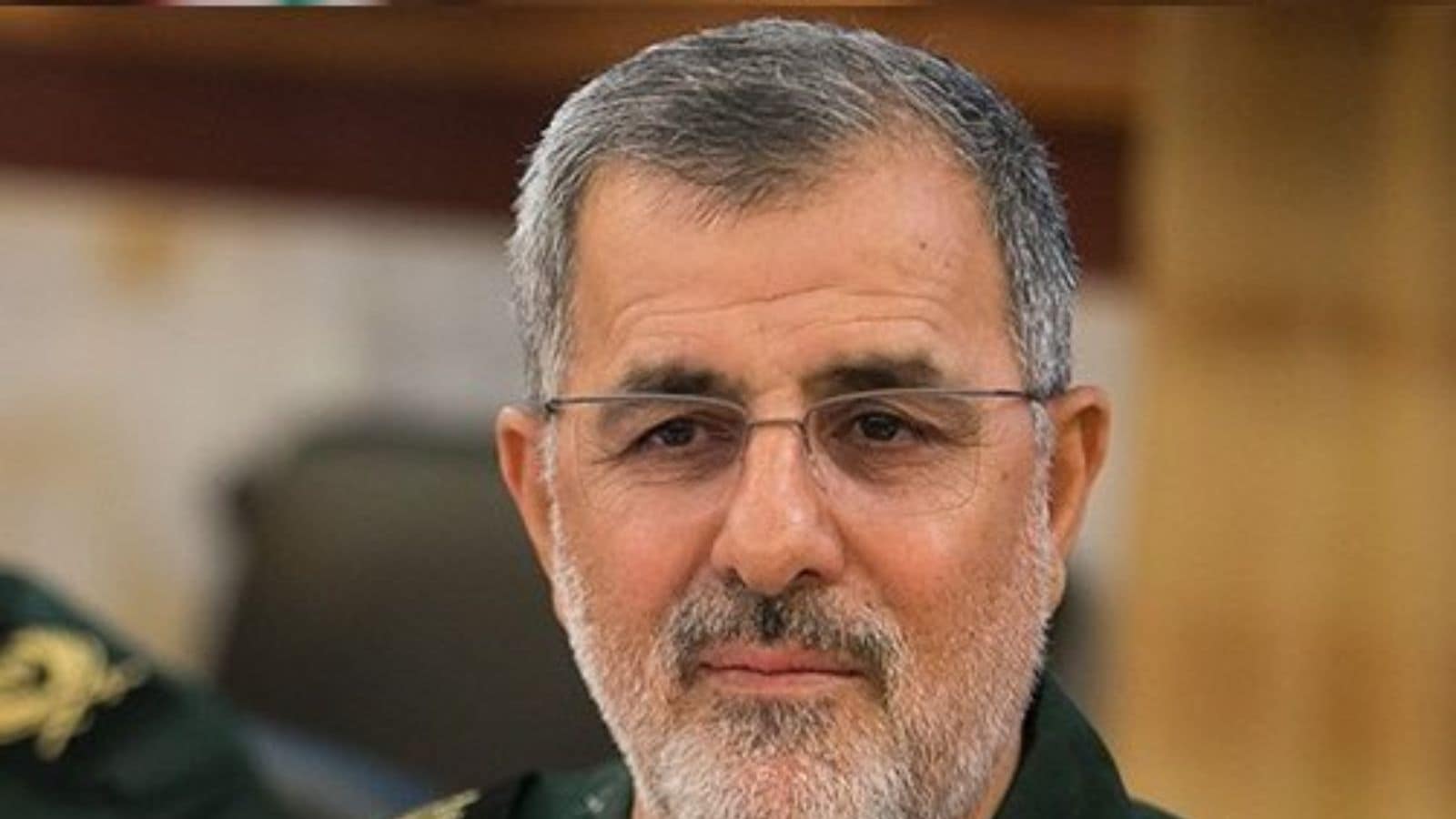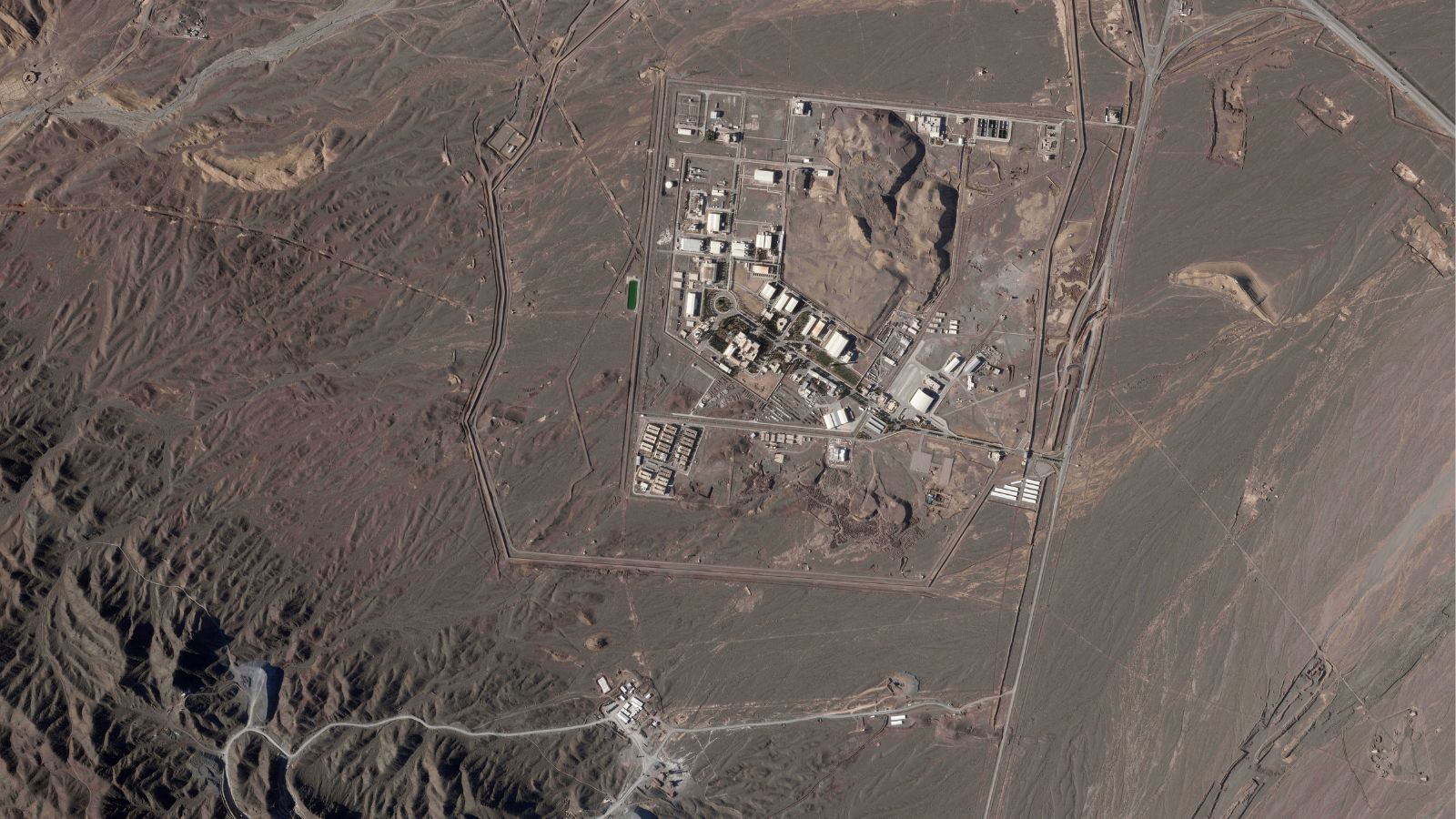Last Updated:June 12, 2025, 14:48 IST
Today, the world holds an estimated 130 million tonnes of rare earth reserves. Of that, China owns the lion's share, 44 million tonnes, or roughly one-third of global reserves

Rare earth minerals are crucial for modern technology and green energy. (Representative/News18 Hindi)
For over a century, oil, also known as “black gold", has dictated the contours of global power. Nations rose and fell on its availability, wars were waged for it, and alliances shaped around its flow. But in the 21st century, a different kind of resource is redrawing the world’s geopolitical map, i.e. rare earth minerals.
From the shimmering screens of smartphones to the whirring turbines of wind farms, from advanced missiles to electric cars, a new group of elements – once relegated to obscure paragraphs in geology textbooks – has quietly become the backbone of modern technology. Lithium, cobalt, neodymium, terbium and 13 others make up what the world now calls “rare earths". These elements are no longer rare in relevance. They are central to the future.
Rare earth minerals have peculiar, powerful properties. They can emit light, conduct electricity efficiently, and exhibit magnetic behaviour, all qualities that make them invaluable in high-performance devices. When mixed with common metals like iron, they drastically enhance strength, efficiency, and durability. But while they’re scattered across the Earth’s crust, extracting them is difficult and often environmentally devastating. They’re usually found clumped together and entwined with radioactive materials such as uranium and thorium. Separating them is a toxic, waste-heavy process involving dangerous gases, acids, and radioactive water.
Yet despite the difficulty, demand is soaring. These minerals are indispensable in LEDs, electric vehicles, hybrid batteries, fighter jets, satellites, wind turbines, and even pharmaceuticals. Life today is inconceivable without them, but few realise their omnipresence or the strategic vulnerability this creates.
The saga of rare earths began in 1788, in the quiet Swedish village of Ytterby. A strange black rock, unearthed in a mine, would lead to the discovery of several new elements. A Finnish chemist, Johan Gadolin, isolated a substance from it and called it ‘yttria‘, and the modern era of rare earths began. The village went on to lend its name to no fewer than four elements: yttrium, ytterbium, terbium and erbium.
Fast forward to today, the world holds an estimated 130 million tonnes of rare earth reserves. Of that, China owns the lion’s share, 44 million tonnes, or roughly one-third of global reserves. Countries like Vietnam, Brazil and Russia also possess significant deposits. India holds around 6.9 million tonnes, accounting for about 5% of global reserves. But mining alone doesn’t equate to dominance.
Production is where China has outplayed the world. In 1993, it was one of many players. The United States then produced 33% of the world’s rare earths, while China produced 38%. But over the next two decades, China executed a quiet, focused strategy by investing massively in refining and mining, subsidising the industry, restricting foreign access, and tightening export quotas.
By 2008, China accounted for more than 90% of the world’s rare earth production. In 2011, that figure hit 97%. Today, even as other countries attempt to revive production, China still controls the vast majority of processing capacity, a crucial part of the value chain.
This dominance allows China to weaponise its supply. By dictating production volumes, setting export limits, and controlling access to key buyers, China wields enormous leverage. Any disruption, intentional or otherwise, could paralyse entire industries.
India is now entering this strategic contest. With 5% of global reserves, the country recognises the critical importance of developing its own supply chain, from exploration and mining to processing and manufacturing. The stakes are high. Without these minerals, India’s dreams of green energy, high-tech defence systems, and self-reliant manufacturing could remain unrealised.
Globally, countries are scrambling to diversify their sources. The US, EU, Japan, and Australia are investing in rare earth projects across Africa, Latin America, and Southeast Asia. The goal is to break free of China’s monopoly and build resilient, alternative supply chains. But the competition is already tense. In some mineral-rich zones, American and Chinese firms are in direct confrontation. It’s not just economics; this is a new form of geopolitical chess.
The future may not see wars fought over oil pipelines, but over what lies beneath the ground – rare earths. The clearest signal of their strategic value came during the Trump presidency, when the US reportedly demanded access to Ukrainian rare earth supplies in exchange for military aid. The message was unmistakable; minerals now drive diplomacy.
The reason is simple. Without rare earths, countries can neither secure their borders nor transition to clean energy. The next global power will not be the one with the most oil, but the one with the rarest minerals and the means to process them.
As climate goals accelerate and technology advances, rare earth minerals have become the fuel of the future, and the potential flashpoint of tomorrow’s conflicts.
Location : First Published:News world Rare Earth Elements: 21st Century's Oil And The New Global Power Struggle | Explained

 1 day ago
1 day ago





